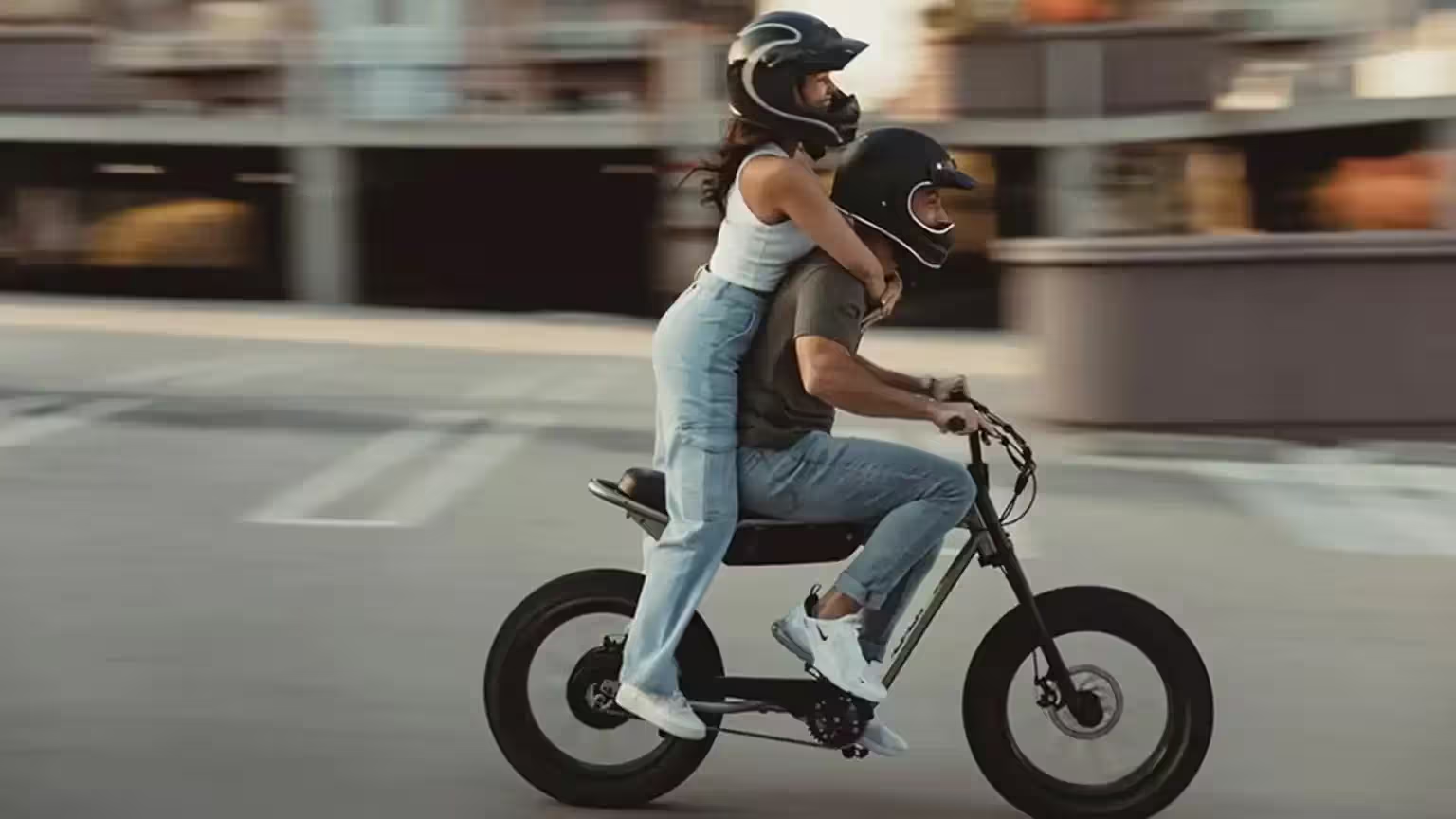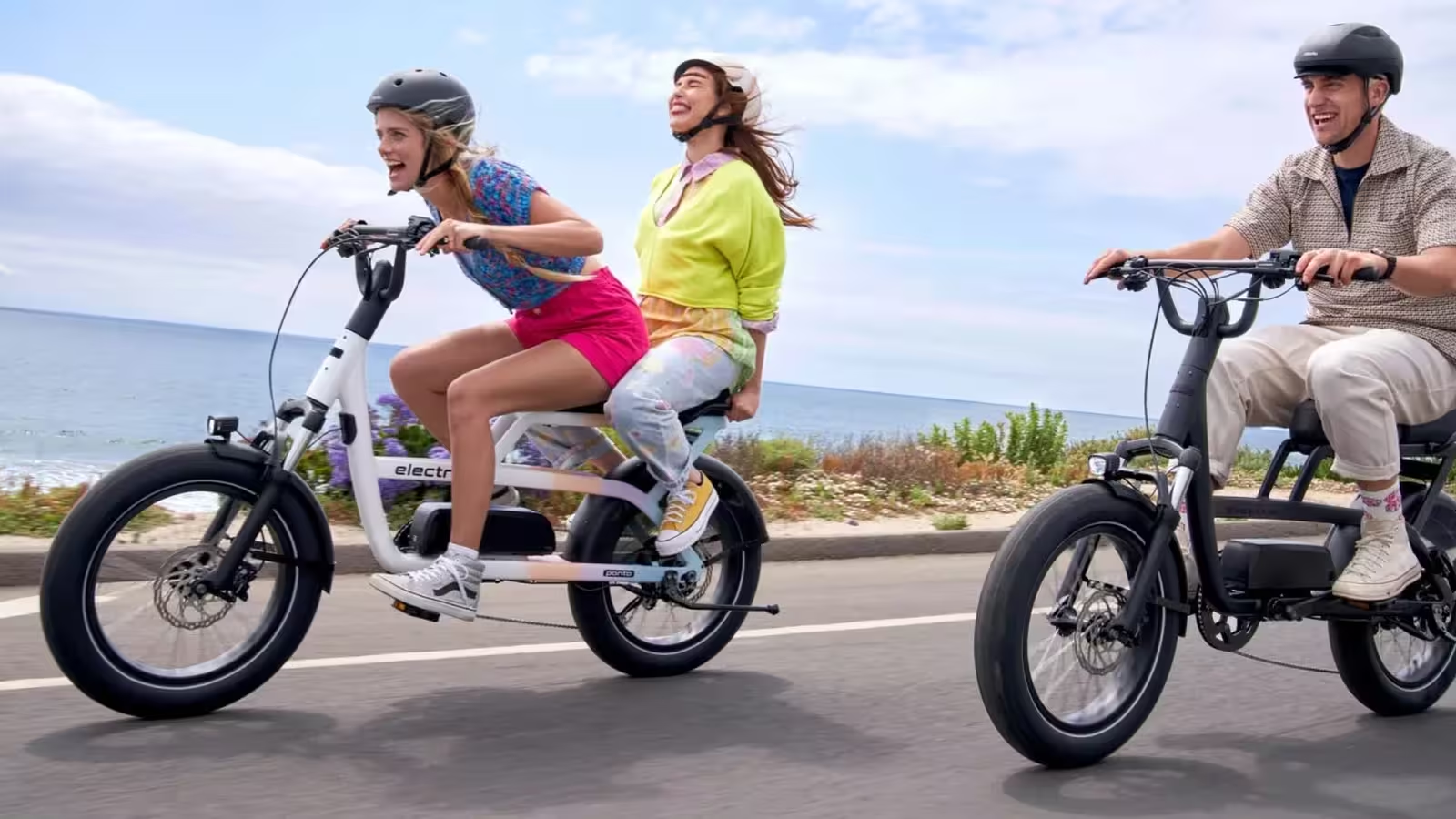5 Minutes
E-bikes have quickly transformed urban and suburban transportation across the United States, promising both convenience and a greener future. However, growing concerns about e-bike misuse—especially among teenagers—are prompting some communities to take a firmer stance. The town of East Aurora, New York, is now at the forefront of this trend, with local authorities considering applying fines not just to underage e-bike riders, but to their parents as well.
A Shift Toward Strict E-Bike Regulation
Municipalities across the country have witnessed a surge in electric bike usage, touting them as an eco-friendly alternative to cars that reduces traffic congestion and environmental impact. E-bikes offer considerable advantages for daily commuters, providing cost-effective and emission-free transport. But alongside their rise in popularity, cities have also noted an uptick in unsafe riding behaviors and legal violations—often involving teens and tweens. Two primary issues top the list: the use of high-powered, unregulated electric motorbikes masquerading as e-bikes, and underage riders operating these vehicles in ways that put both themselves and others at risk.
East Aurora’s new approach might represent the next phase in e-bike law enforcement. Under current New York state law, parents could only be cited if they were present while their child, aged 15 or younger, violated e-bike rules. The town now aims to pass a stricter regulation, which would allow parents to be held accountable even when not accompanying their children during infractions. Erie County Sheriff John Garcia has cited a concerning increase in safety incidents among younger riders as the impetus behind this legislative move.
The Debate: Safety vs. Parental Responsibility
Opinion in East Aurora is divided. Many local officials support the stricter enforcement, citing frequent reports of reckless riding and near-misses involving cars and e-bikes. Others, however, worry about overregulation and argue for giving children more freedom to learn responsibility on their own. Police Chief Patrick Welch summed up the dilemma by noting, “Let kids be kids—until somebody gets struck by a car.”
A formal vote on the proposed law is set for later this month. If adopted, East Aurora could become a model for other small towns and cities grappling with how best to balance traffic safety, modern mobility, and parental accountability.
Analyzing E-Bike Design, Performance, and Market Trends
Electric bikes today offer impressive performance specifications, with top models boasting pedal-assisted speeds of up to 28 mph and ranges that top 50 miles per charge. Advanced features, including integrated LED lighting, hydraulic disc brakes, and intelligent drive systems, make them appealing not just for daily commuters but also for younger riders seeking an alternative to traditional bikes or public transit. However, the line between e-bikes and light electric motorcycles is often blurred—models like the Sur Ron and Talaria, while styled as bicycles, deliver power and speed more akin to mopeds or small motorcycles.
When evaluating market positioning, e-bikes compete head-to-head with cars, scooters, and even public transportation. They appeal to budget-conscious consumers and environmental advocates alike, slashing commutes, parking woes, and carbon footprints. Yet, the rapid adoption especially among youth has made it difficult for municipalities to keep up with necessary infrastructure, education, and proper enforcement.

The Competitive Landscape: E-Bikes vs. Traditional Bikes and Cars
Comparatively, traditional bicycles rarely reach the same speeds as e-bikes, making high-speed accidents far less frequent. Standard bicycles demand more effort to reach even 15-20 mph—a feat most young riders seldom achieve. In contrast, electric bikes empower even inexperienced youth to reach hazardous speeds effortlessly, creating new safety concerns for both the riders and their communities. While e-bikes can replace a family’s second car or the daily school run in an SUV, their risks—particularly when operated by unlicensed or immature riders—can’t be ignored.
What This Means for the Future of Urban Mobility
If passed, East Aurora’s regulation could set a precedent for other towns across the United States, reflecting a growing recognition that emerging transportation technologies require updated legal frameworks. Holding parents accountable for their children’s unsafe e-bike usage may prompt more careful purchasing decisions—especially when considering high-performance models better suited for adults or older teenagers.
For automotive enthusiasts and industry watchers, the unfolding debate is a stark reminder that as vehicle technology evolves, so must the regulations that ensure every road user’s safety. As e-bikes and electric motorcycles continue to blur lines, the auto industry and municipalities alike will need to find new strategies for responsible adoption, rider education, and infrastructure development that keep pace with rapid change.
Source: electrek


Leave a Comment